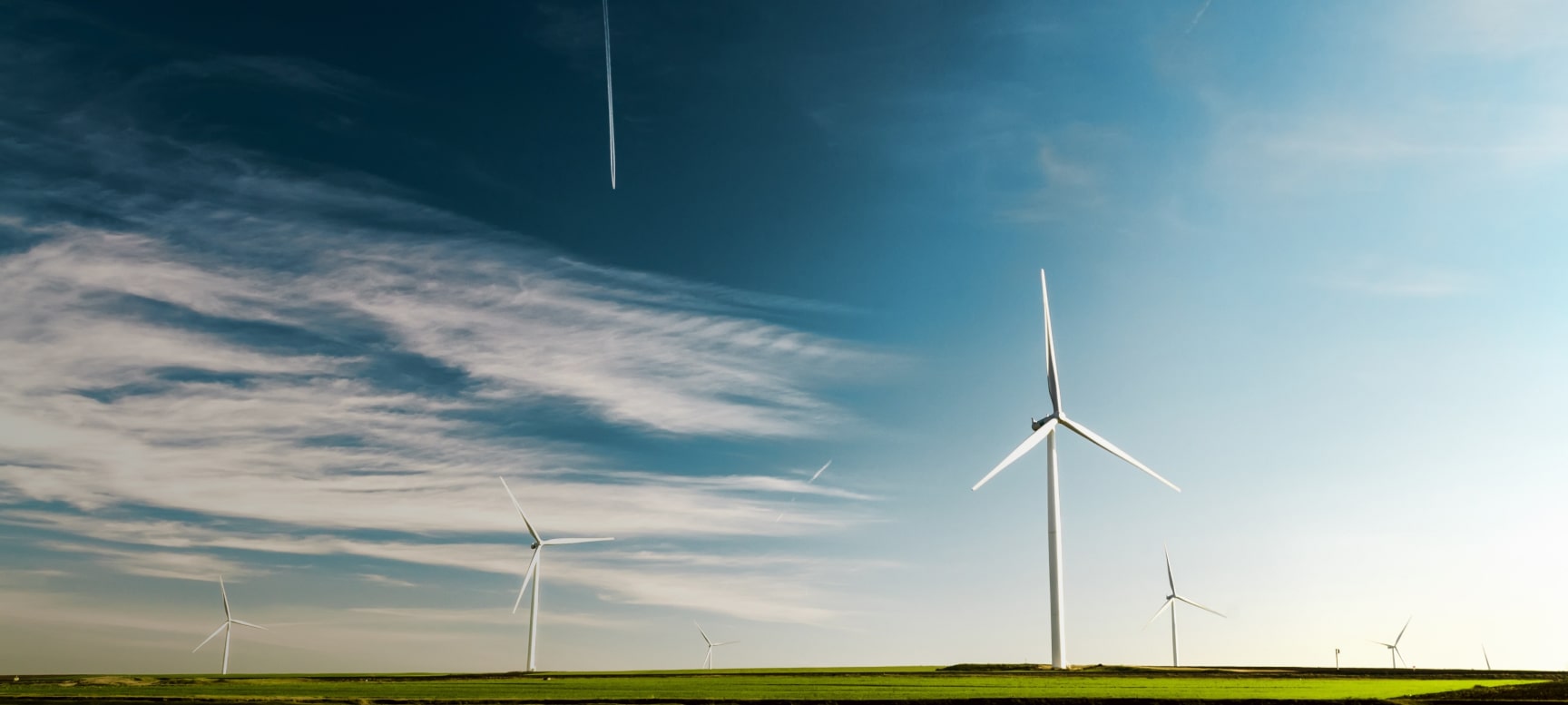One hundred years ago we built the first fully green ammonia plant in Italy, fed by hydroelectric power producing carbon-free hydrogen. And we continue to lead the industry with innovative and flexible solutions for ammonia and ammonia cracking, making a green hydrogen economy a reality.

Articles
Store and transport your renewable energy
We make the transportation of wind and solar energy over long distances possible
21 January 2024

Getting our world to net zero
Made by using electricity from wind, solar or hydropower to split water into hydrogen and oxygen, green hydrogen is a powerful energy carrier that can decarbonize almost any industry – from chemical production to transportation, heating and power generation with fuel cells or hydrogen-ready turbines.
By replacing fossil fuels that emit carbon dioxide, green hydrogen can drastically reduce or even eliminate CO2 emissions. But there is a catch. Hydrogen is also a gas with a very low energy density volume, and to store or transport large amounts of energy with it requires either compression at high pressures or liquification at low temperatures. Both of which are difficult, inefficient and expensive.

Sending more hydrogen with ammonia
Ammonia, on the other hand, one of the world’s most commonly traded chemicals, has a well-established infrastructure to safely transport it by sea, pipeline, rail and road. And its nearly twice as energy dense than hydrogen, meaning you store and transport more energy with less volume. Ammonia is also safer to handle, with an explosivity range much narrower than hydrogen that makes it difficult to ignite in case of leaks, and detecting ammonia leaks is much easier.
Building a better green energy carrier
Casale owns technologies to produce ammonia and crack it. We’re one of the most experienced companies in the field, active since 1921, and have built hundreds of ammonia synthesis facilities. The idea is simple. To turn hydrogen into ammonia, it’s combined with nitrogen from the air in a process called Haber-Bosch, named after the two persons that developed it.
Liquid ammonia is then transported where green hydrogen is needed and turned back into hydrogen through a process called ammonia cracking, which heats and separates the ammonia back into hydrogen and nitrogen. What’s more, when the heat required by the reaction comes from burning a portion of the cracked gas, as it does in our processes, the entire conversion is carbon-free.
Reliability, efficiency and flexibility
As a global leader with expertise along the entire production chain of ammonia and other valuable chemicals, Casale is uniquely positioned to help you design and implement efficient, cost-effective solutions for storing and transporting renewable energy. Our years of experience working with a range of clients create an advantage that can be described in three simple words: reliability, efficiency, and flexibility.
We’re the only company with a zero failure rate in ammonia converters. This industry leading level of mechanical integrity and reliability combined with our deep know-how in reaction furnaces design, helps maximize profitability for clients around the world. Our systems are highly efficient, with ammonia to hydrogen conversion rates that are among the best in the industry. And our solutions are flexible enough for projects of all types and sizes.


